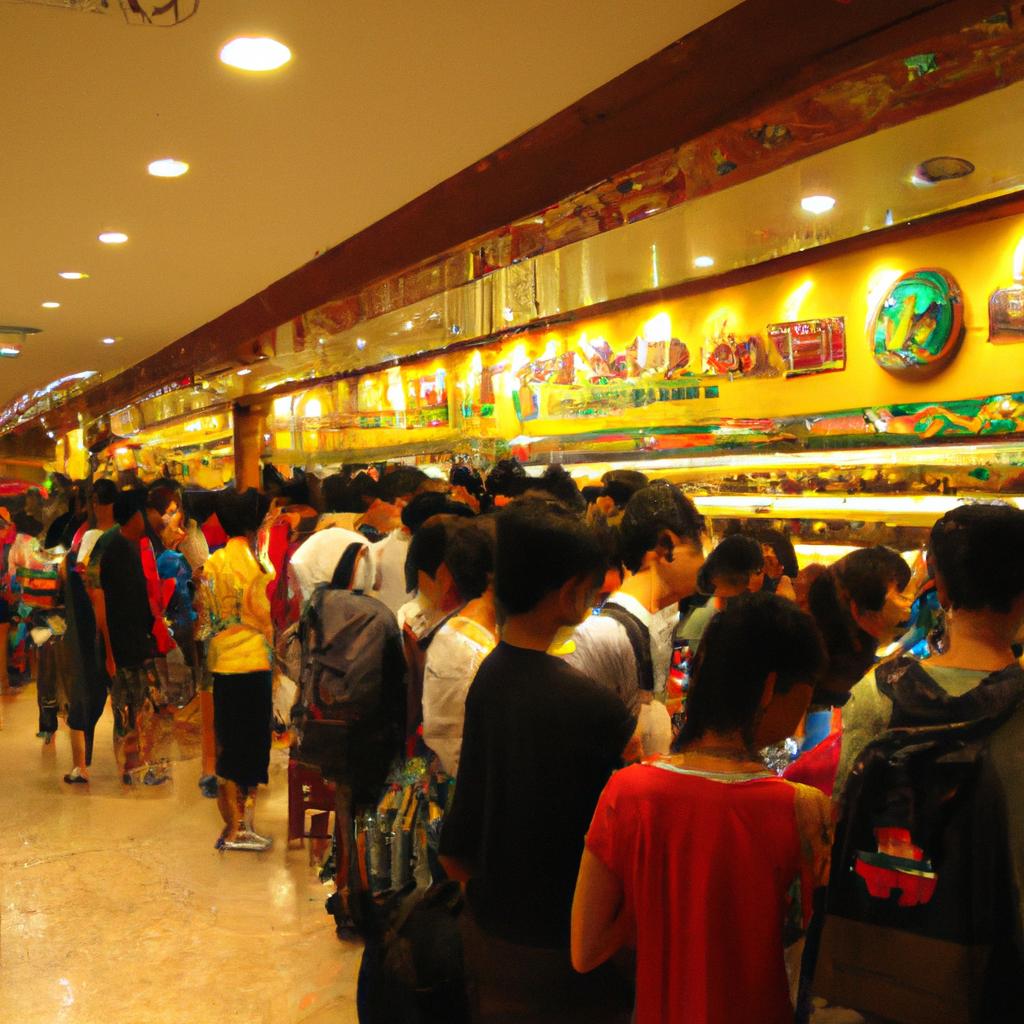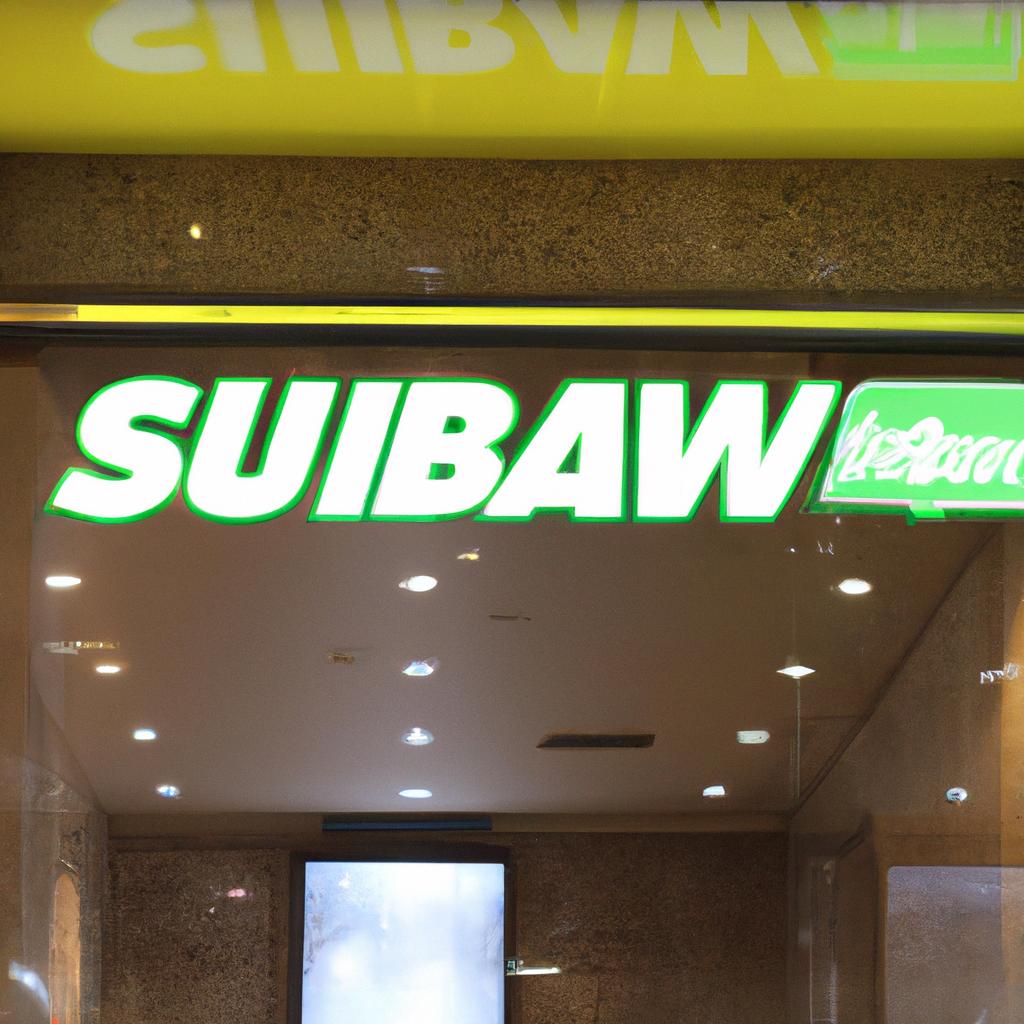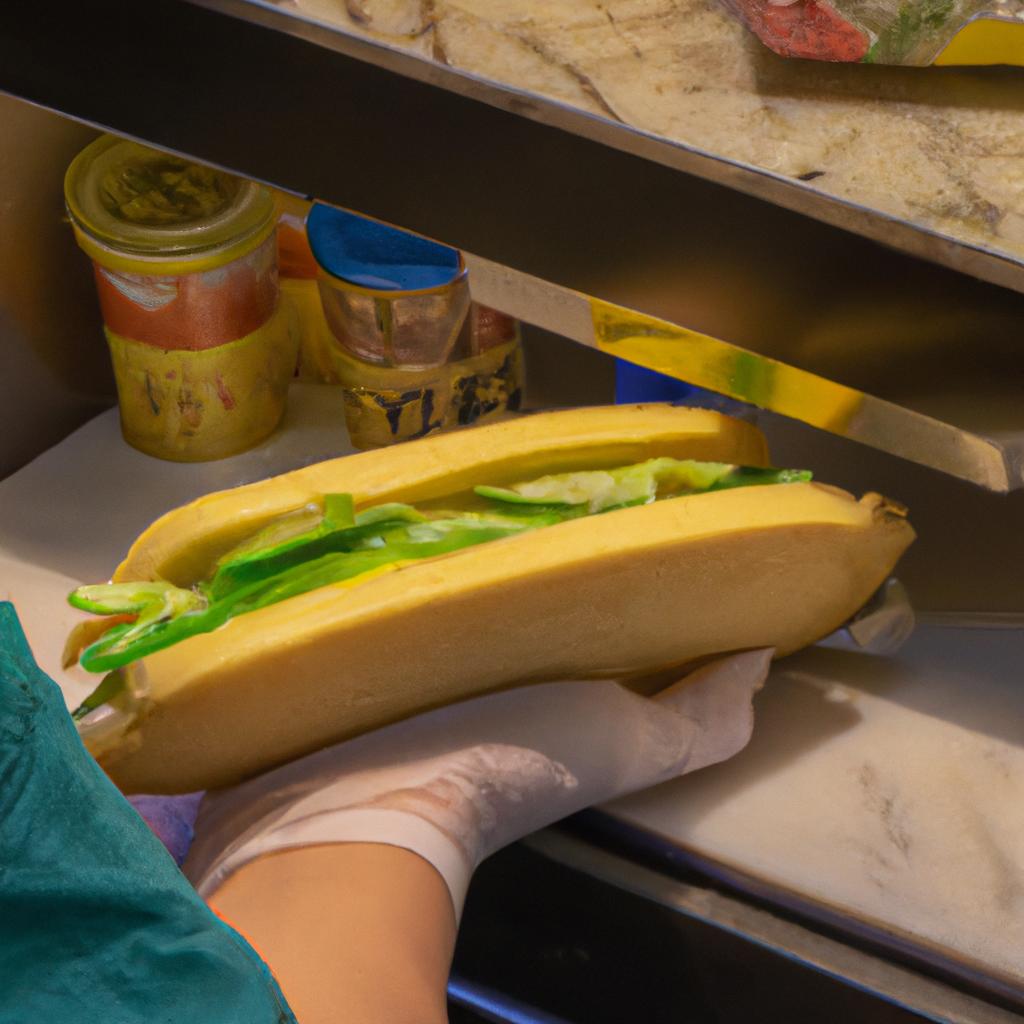Subway, the renowned American fast-food chain famous for its sandwiches, salads, and quick bites, has left an indelible mark on the global stage. But what about its success story in China, a country with its own distinct palate preferences and rich food culture? In this article, we will delve into the history of Subway in China, the challenges it has overcome, and its ambitious plans for future expansion.
The History of Subway in China

Subway made its foray into China back in 1995 with the opening of its first store in Beijing. At the time, the Chinese population was not accustomed to considering sandwiches as a meal, so Subway faced some initial skepticism. Moreover, it encountered stiff competition from other fast-food chains and had to navigate through cultural differences. Despite these obstacles, Subway persevered and gradually gained a foothold in the Chinese fast-food market.
Today, Subway boasts more than 600 stores across 90 cities in China, with a remarkable market share of 7.5% in the country’s fast-food industry. What factors contributed to Subway’s success in China? The answer lies in its dedication to offering healthy menu options, affordable pricing, and a keen understanding of local tastes.
Subway’s Success in China

Subway’s triumph in China can be attributed to its ability to provide healthy menu options at an affordable price point. In a country where food safety is a paramount concern, Subway’s emphasis on fresh and wholesome ingredients has captivated consumers. Additionally, Subway’s focus on customization resonates with the Chinese, who prefer having a greater say in their food choices.
The brand’s success is further bolstered by its adeptness at adapting to local tastes. Subway introduced menu items tailored specifically to the Chinese palate, including the Peking Duck sandwich and the Sichuan Spicy Chicken sandwich. These localized offerings have played a crucial role in enhancing Subway’s appeal to a broader audience.
Looking ahead, Subway plans to continue expanding its presence in China, with a particular focus on developing its online delivery services. With the increasing trend of online ordering in China, Subway aims to leverage this opportunity and provide consumers with unrivaled convenience.
Challenges Faced by Subway in China

While Subway has achieved remarkable success in China, it has also grappled with certain challenges. One of the primary hurdles is the intense competition from other well-established fast-food chains such as KFC, McDonald’s, and Starbucks, which have a more entrenched market presence in China.
Cultural differences have also posed challenges for Subway. The Chinese food culture differs significantly from its Western counterparts, necessitating adaptations in both menu offerings and consumer experience. However, Subway has adeptly navigated these differences by customizing its menu to cater to local tastes and preferences.
In conclusion, Subway’s triumph in China can be attributed to its ability to balance healthy menu options, affordability, and an acute understanding of local palates. Despite the challenges it has encountered, Subway’s continued growth and ambitious expansion plans testify to its enduring popularity in the Chinese fast-food market. As Subway looks ahead, we eagerly anticipate witnessing further innovations that capture the hearts and palates of Chinese consumers.
Subway’s Expansion Plans in China

Subway has set its sights on an even more expansive future in China. Its plans include opening over 1,000 new stores by 2025 and increasing its market share to 10%. To achieve this, Subway intends to focus on bolstering its online delivery services by partnering with various delivery platforms, thereby enabling convenient access to Subway’s sandwiches and salads.
Furthermore, Subway is exploring new formats to augment its presence in China. Among these is the concept of “Subway Café,” combining the traditional Subway sandwich offerings with coffee and other beverages. Additionally, the brand has introduced the “Subway Fresh Forward” store design, featuring modern and sleek interiors that enhance the overall customer experience.
Moreover, Subway is committed to sustainability and responsible business practices in its expansion endeavors in China. Eco-friendly packaging and reducing food waste are just a few initiatives that Subway has undertaken to minimize its environmental impact.
In conclusion, Subway’s successful journey in China showcases its ability to adapt to local tastes while remaining steadfast in its core mission of providing fresh and healthy food options. As we continue to observe Subway’s expansion plans, TooLacks will be there every step of the way, reporting on how the brand captures the hearts and palates of Chinese consumers, setting an example for others in the fast-food industry to follow.
To learn more about TooLacks, visit TooLacks.



